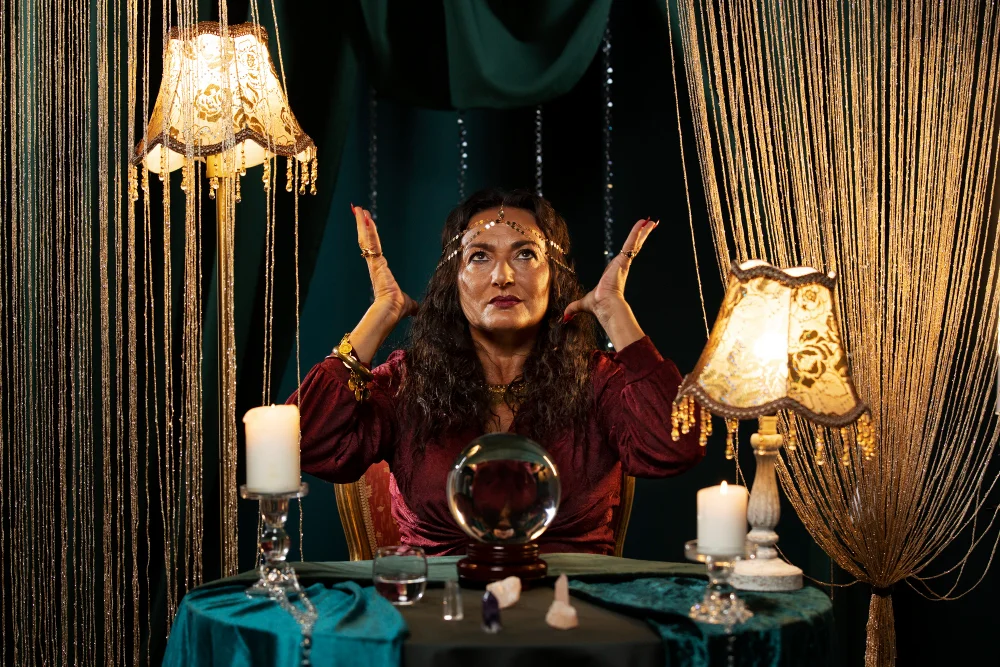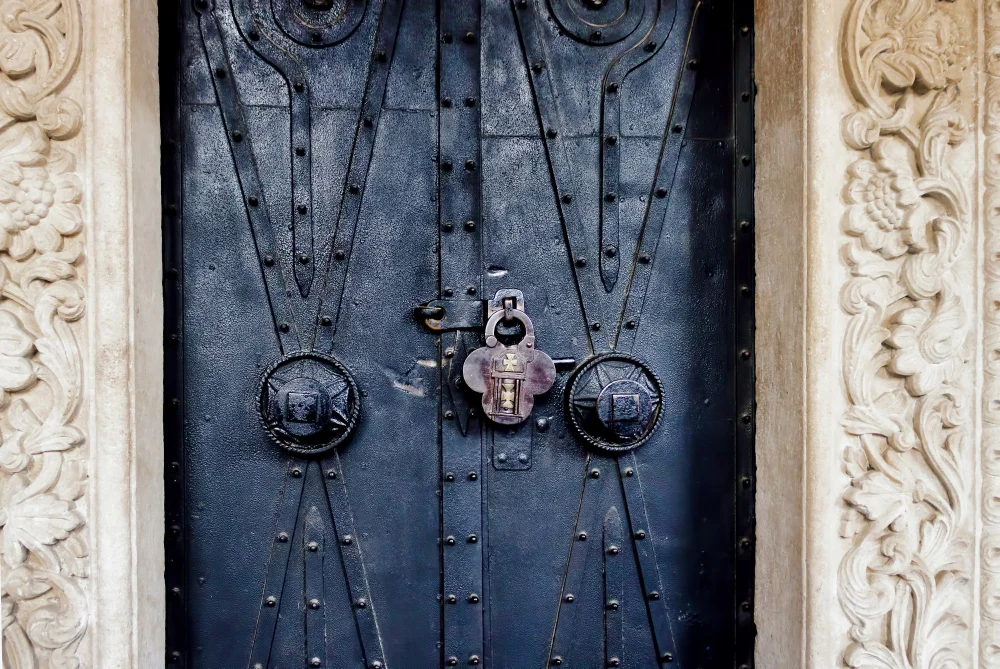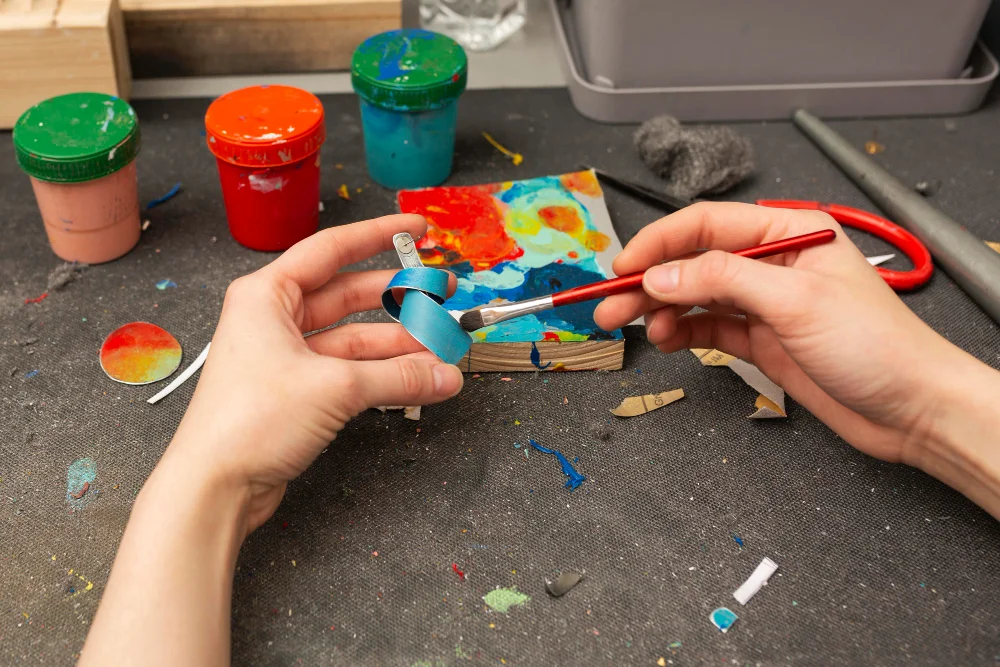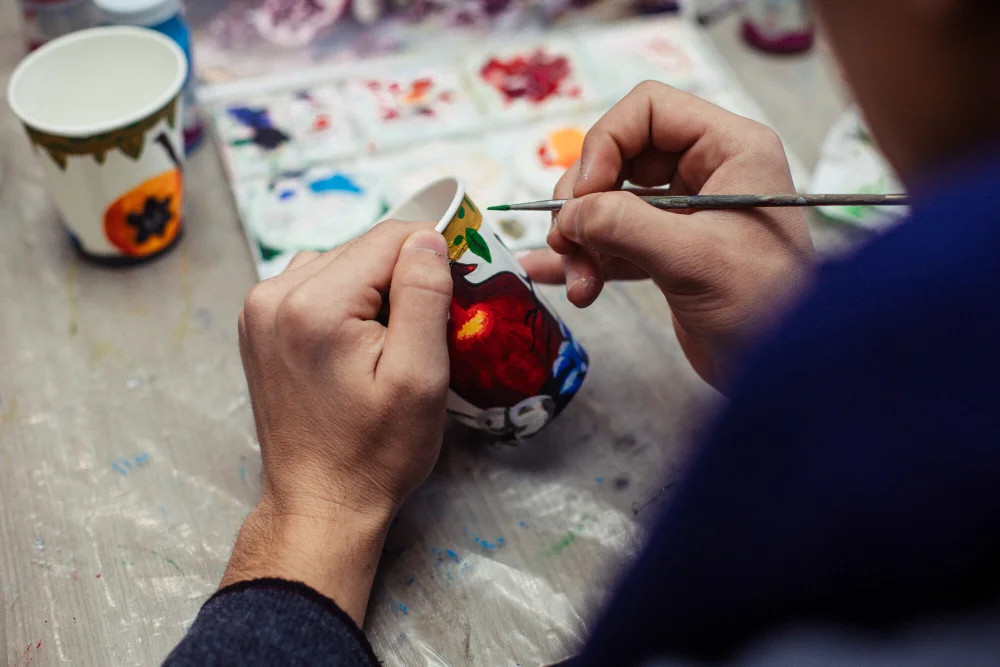When the world grows quiet and the moon drapes silver light over sleeping cities, something ancient stirs a question, soft yet powerful. This is the riddle of the night, a mysterious invitation from the darkness itself. It isn’t a puzzle you solve with logic alone; it’s a whisper that challenges your spirit to see what lies beyond sight.
The riddle of the night speaks to dreamers, poets, and wanderers those who dare to look into the unknown. In its silence, you find meaning. In its shadows, you discover reflection. And within that quiet vastness, you begin to hear the heartbeat of the universe itself.
The Hidden Meaning Behind the Riddle of the Night
Night has always been a symbol of mystery and transformation. When daylight fades, our senses awaken differently. The unseen becomes alive, and the familiar turns uncertain. The riddle of the night reminds us that darkness is not emptiness; it is potential waiting to unfold.
The night’s riddle asks: Can you find clarity without light? It’s a test of faith, curiosity, and imagination. In darkness, our minds build stories, our fears grow louder, and our souls begin to wander. It is within this wandering that answers slowly form, not in the light of reason but in the glow of understanding.
Shadows and Secrets: Riddle of the Night
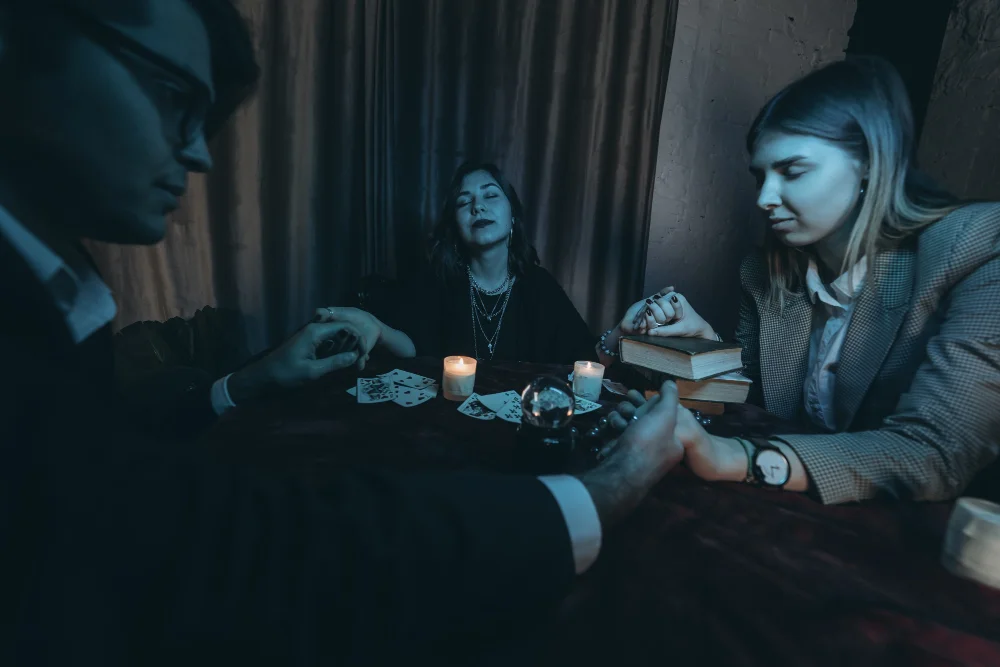
The night is not merely a time; it’s a living landscape of emotion, filled with wonder and unpredictability. Several things make the night such a natural home for riddles and reflection:
Every culture has found meaning in the night, from ancient myths of moon goddesses to the quiet prayers whispered before dawn. Night teaches us to listen beyond noise and to see beyond light.
Key Feature:
- Veil of Silence: Darkness covers the noise of the day, letting thoughts surface that we often bury.
- Dreams and Symbols: Night unlocks dreams, which serve as riddles of our subconscious.
- Transformation: The night prepares the world for renewal; what sleeps now awakens later.
- Fear and Curiosity: It holds both danger and beauty, forcing us to balance between the two.
Each of these layers forms part of the riddle of the night, reminding us that mystery itself can be a teacher.
The Mythic and Poetic Layers of the Night
Across history, myths have treated the night as both a mother and a mystery. From ancient Egypt’s Nut, the sky goddess who swallowed the sun, to Greek tales of Nyx, the goddess of night, each story hints at creation born from darkness.
Poets, too, have heard the night’s call. Rumi, Tagore, and Emily Dickinson wrote verses that spoke to the night’s silent power. Their words reveal that the riddle of the night is not to conquer darkness but to listen to its song.
Darkness is where stars are born, and silence is where wisdom grows. Without night, there can be no dawn.
The Two Dimensions of Night’s Enigma

The riddle of the night exists in two powerful dimensions, one that surrounds us and another that lives within. The night sky, filled with distant stars and quiet winds, represents the mystery of the outer world.
Meanwhile, the darkness inside our hearts holds emotions, memories, and unspoken truths. When we explore both, we begin to understand that darkness is not our enemy but our teacher, guiding us toward more profound awareness and balance.
Dual Faces of the Night
-
Outer Darkness: This is the physical night we see the moonlit skies, the still air, the shifting silhouettes. It challenges our senses, reminding us that not everything needs to be visible to be real.
-
Inner Darkness: This is the night within, filled with emotions, fears, dreams, and reflections. Facing it helps us uncover hidden strength and emotional clarity.
-
Connection Between Both: When we balance the outer and inner nights, we find harmony. The silence around us mirrors the silence within, turning confusion into understanding.
When we learn to read both these dimensions, we begin to solve the riddle not through light, but through acceptance.
Walking Through the Mystery
To walk through the night’s riddle is to surrender certainty. You can’t rush through it or demand answers. You must move slowly, listening to every sound, feeling every step. The night’s wisdom unfolds quietly; it rewards patience and punishes haste.
In that slow movement, the mind calms. The stars become markers of thought; the moon becomes a guide. You begin to realise that the riddle of the night is not about solving darkness, it’s about befriending it. The moment you stop fearing what you cannot see, you begin to see differently.
Night teaches us something profound: clarity is not always born in brightness. Sometimes, the clearest vision is found in shadow.
How to Unravel the Riddle of the Night
Solving the riddle isn’t about intellect; it’s about awareness. It’s about opening your senses to silence and surrendering to what feels uncertain.
- Observe Quietly: Let silence speak. The night tells stories in stillness.
- Reflect Deeply: Think of your day, your emotions, and your choices. Night gives space for honest reflection.
- Dream Consciously: Keep a dream journal; dreams are clues whispered by the night.
- Embrace Solitude: Spend time alone under the stars. It strengthens the bond between your inner and outer world.
- Create Rituals: Read, write, meditate, or pray actions that turn night into meaning.
When you follow these practices, you turn the night from a space of uncertainty into a realm of self-discovery.
Lessons the Night Teaches Us: Riddle of the Night
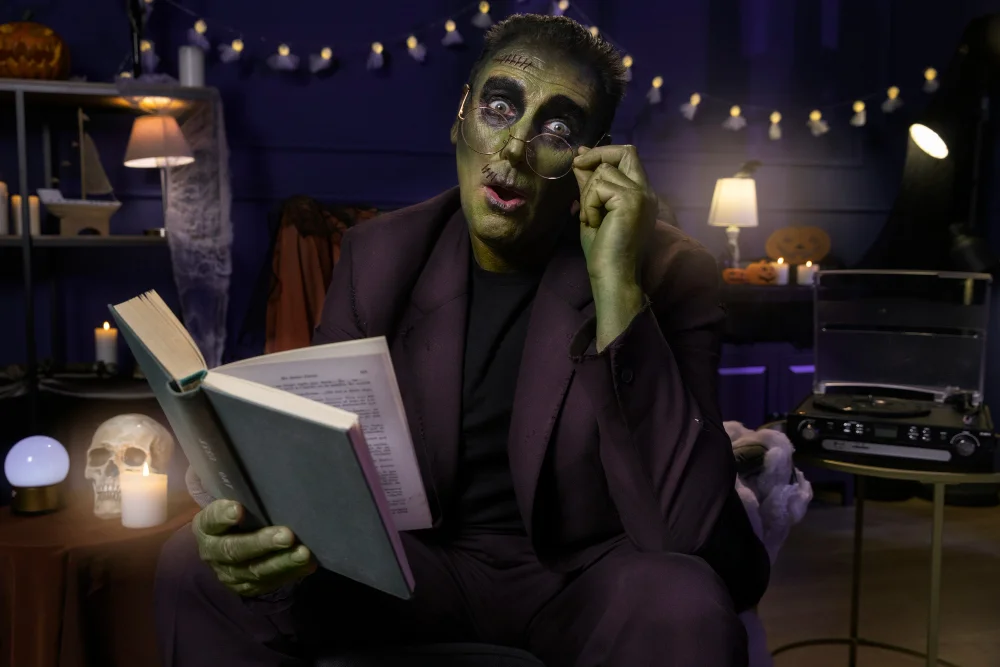
The riddle of the night isn’t just a symbol of mystery; it’s a silent teacher that speaks through darkness and stillness. Every night carries wisdom, reminding us that not everything hidden is harmful and not every shadow is a threat.
The lessons of the night are gentle but powerful, guiding us toward understanding, patience, and self-awareness.
Acceptance
The first lesson the night teaches is acceptance. Darkness is not the opposite of light; it completes it. Just as the moon coexists with the sun, our lives need both calm and chaos to remain balanced. When we accept the night as part of life’s rhythm, we learn to embrace uncertainty instead of resisting it.
Patience
The second lesson is patience. Night unfolds slowly, hour by hour, without hurry. The stars don’t rush to shine, and the moon takes its time to rise. This reminds us that progress doesn’t always happen quickly; sometimes, the best things grow quietly in the dark.
Faith
The third and most profound lesson is faith. Even when the sky is darkest and no star is visible, we trust they are still there. In the same way, the night teaches us to believe in unseen goodness and unseen strength. It tells us that light always returns, even after the longest shadow.
Night as a Metaphor for Life: Riddle of the Night
Every life has its moments of confusion, loss, or silence. But those very moments shape our resilience and character. The riddle of the night becomes a mirror, reflecting our fears and hopes until we see truth in its balance.
In personal growth, the night symbolizes transformation. Just as the moon renews itself, so do we after our darkest hours. The beauty of the night is that it reminds us: endings are not permanent, they are beginnings in disguise.
The riddle remains not to be solved, but to be lived.
Conclusion: Riddle of the Night
The night’s riddle has no final key because you are the answer. Each step through darkness brings you closer to your true self. You learn to listen, to wait, to trust and in that stillness, you realize that the riddle of the night was never about the stars or shadows outside, but the light within you.
When dawn finally breaks, it doesn’t end the mystery; it continues it in a new form, the riddle of day, life, and meaning. The night taught you how to see; now the morning invites you to live.
